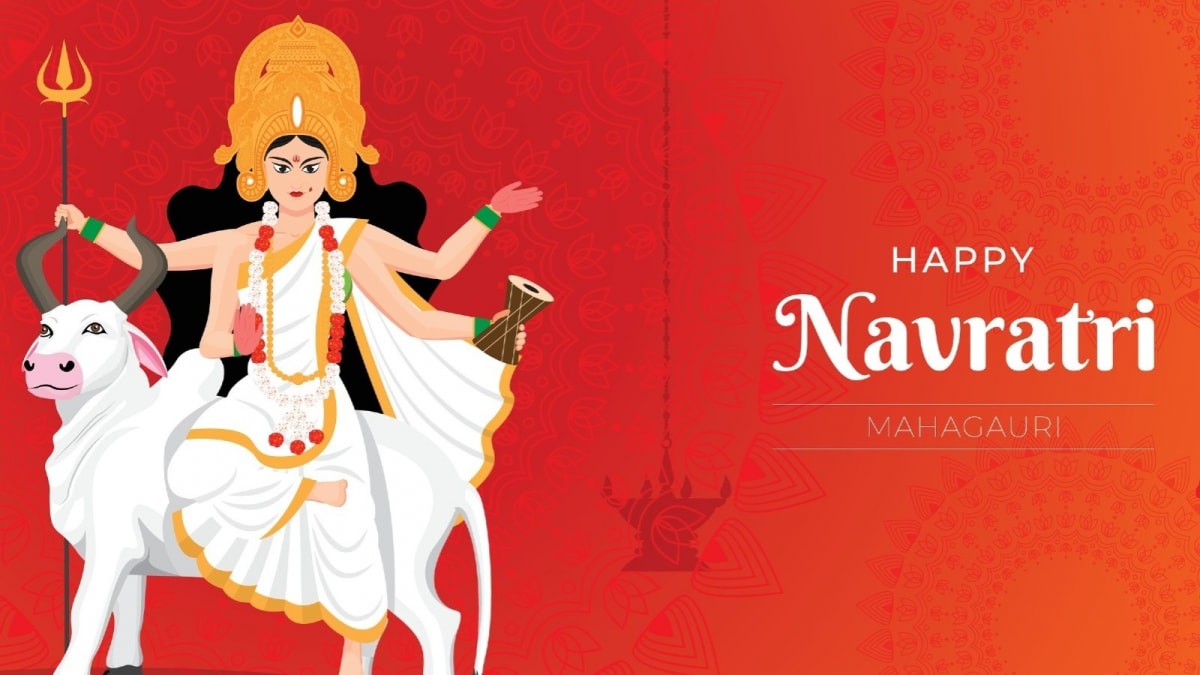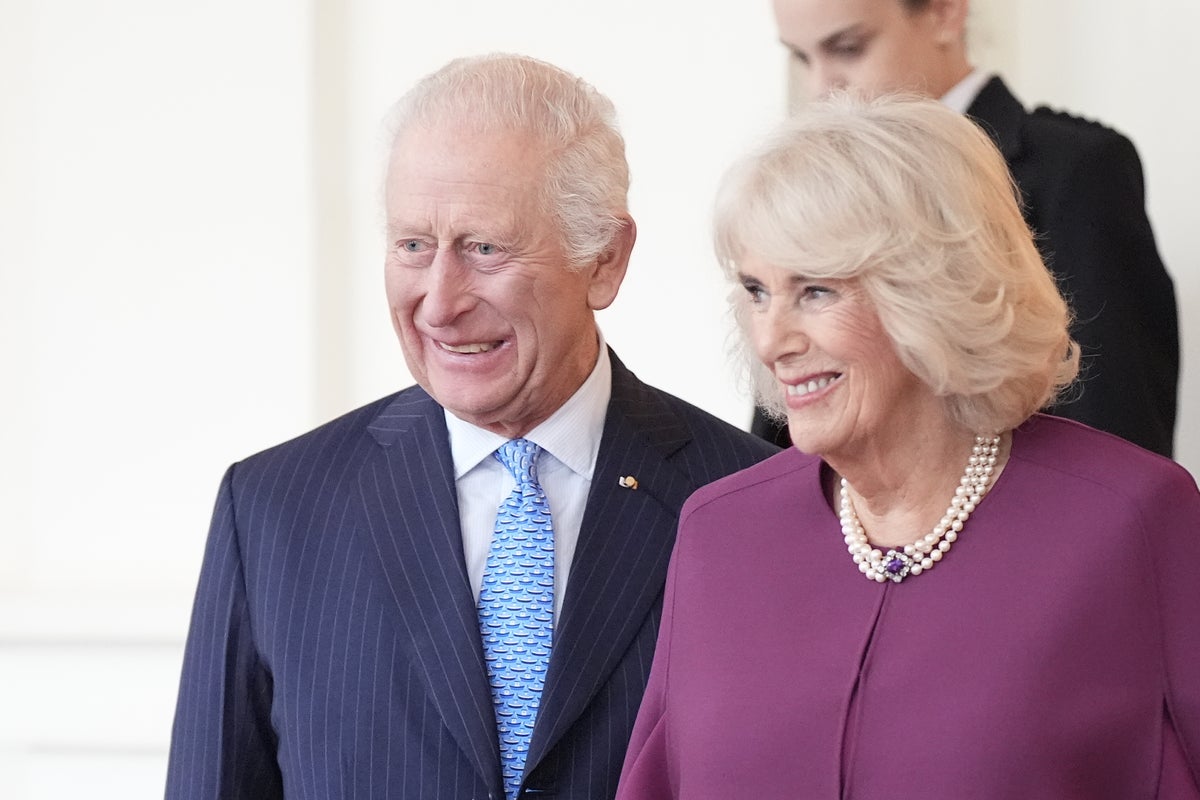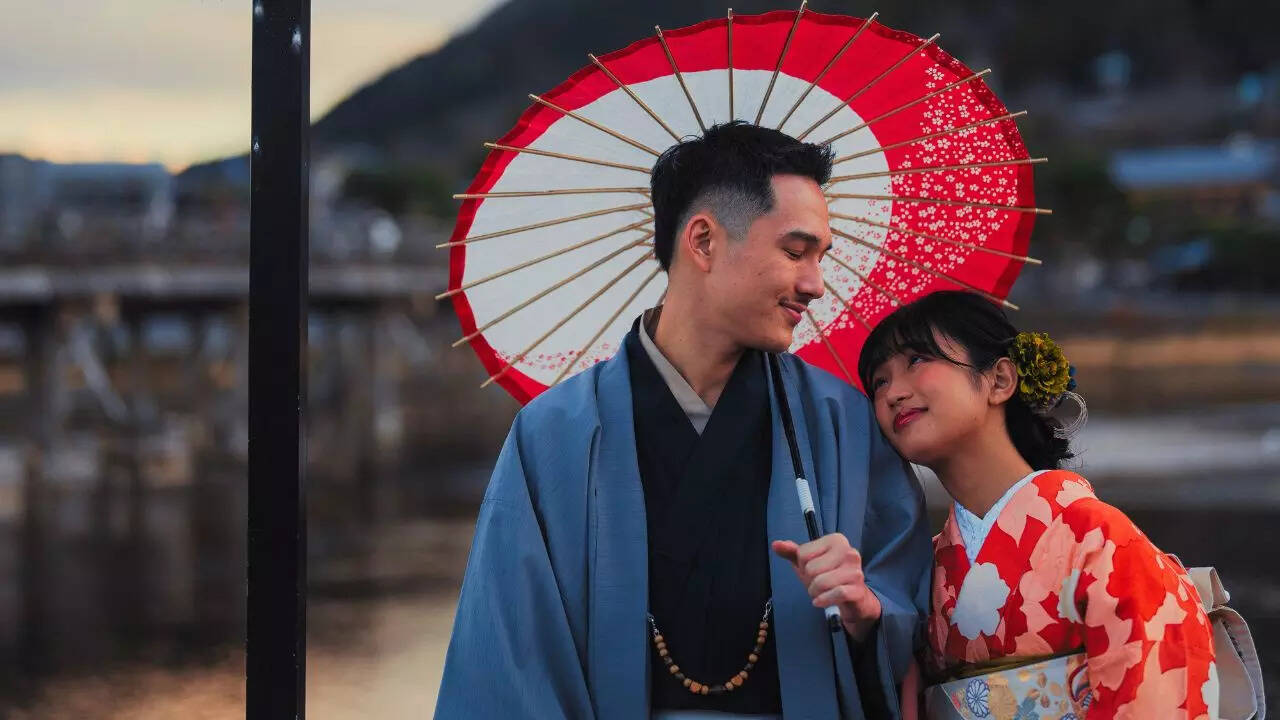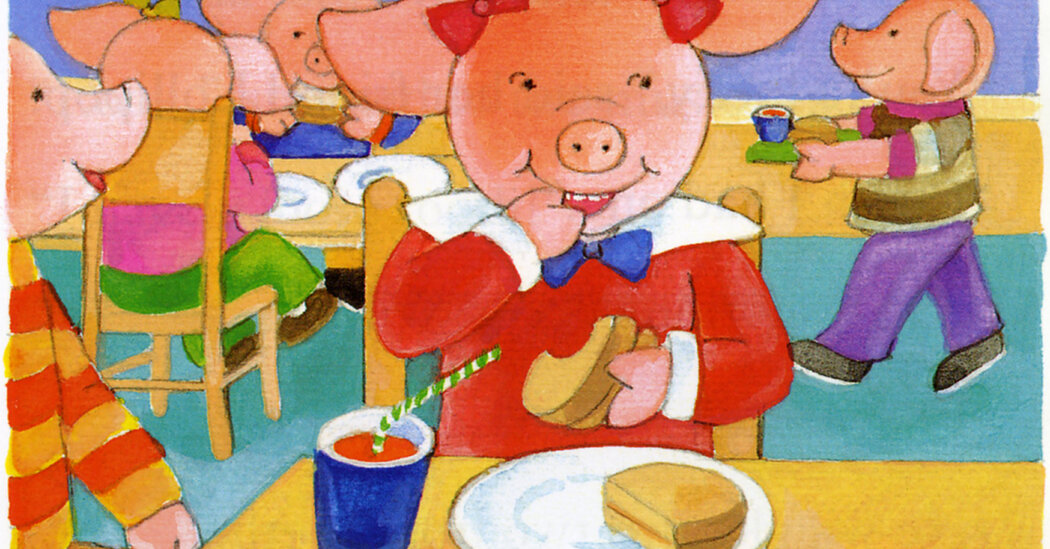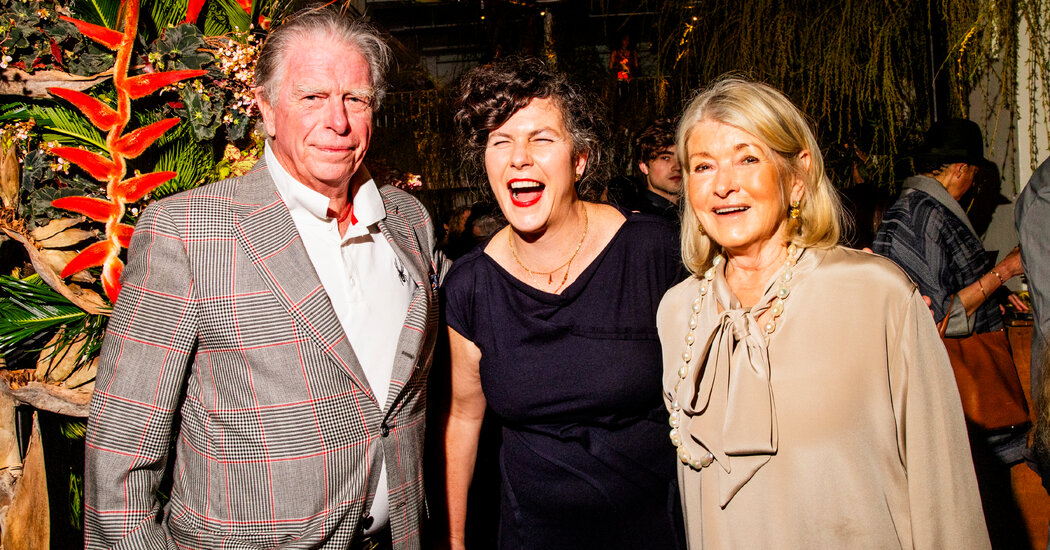
Martha Stewart and Jason Wu Under a Weeping Willow
Just before 6 p.m. on a balmy Thursday evening, the floral designer Emily Thompson stood on a street in Manhattan’s flower district, examining a massive spray of weeping willow sprigs.
“When they are fresh and bursting, there is only about a week a year you can do this,” she said, as an arrangement of the tree’s pale green drooping buds hung like a curtain over the entrance to 28th Street Wholesale Flowers. “It has to be the right thing, at the right time.”
Ms. Thompson, 51, was at the shop, a flower purveyor she regularly visits, to celebrate her new book, “Emily Thompson Flowers,” published by Phaidon, which will be released on April 9.
In the window, she had placed a podophyllum, or mayapple plant, with large spotted leaves sent to her by a vendor in Rhode Island who wanted to be there in spirit.
“I think leaves are very underloved and underappreciated,” she said, as a friend, Chris Hessney, an event producer, dabbed liquid foundation on her face. Then she ducked inside to change before the guests started to arrive.
Over the last 15 years, Ms. Thompson has become a favorite in fashion and design circles for her wild and rough-hewn style, where leaves, branches and weeds get equal billing with bulbs. (A chapter in her book is appropriately titled “Heaps.”)
Trained as a sculptor and raised in Vermont, Ms. Thompson has worked closely with the fashion designer Jason Wu. She designed the floral arrangements and fruit topiary towers that filled the Grill restaurant, formerly the Four Seasons restaurant, when it reopened in 2017. She was also the in-house florist for the Roman and Williams Guild shop and for the adjoining restaurant, La Mercerie.
In those spaces, she liberated floral design from its loveliness and insisted on the beauty of nature’s overlooked materials — a monumental knot of branches and blossoms floating above the pool at the Grill restaurant, and towering urns of unkempt thickets at the Modern restaurant at MoMA.
(“Weeds, my darling weeds!” she exclaimed when talking about some of her favorite materials.)
She is inspired by the tension she sees in the living world, she explained.
“I’m always trying to drive people back into the landscape somehow, even when we’re super weird,” she said. “I think of it as science fiction. It’s real, but it’s out of context.”
Inside the damp shop, Ms. Thompson had placed a soaring installation meant to evoke a volcano. Varieties of heliconia, a clawlike flowering plant, were piled on top of one another to replicate magma, with velvet begonia leaves as the black lava.
“It represents origins,” she explained. “Like the beginning of something.”
An errant barb from the dried heliconia that formed the base occasionally snagged the handbag or flesh of unsuspecting guests throughout the night, fitting for Ms. Thompson’s work, which both enchants and unsettles.
While waiters served cocktails, aptly titled Swamp and Muck, friends trickled in, and Ms. Thompson reappeared in a black dress by Mr. Wu with moss green tights peeking out from her heels.
“I had seen her work at the Grill and blind called her,” said Mr. Wu, a co-host of the party, after arriving. “I thought, ‘Who is this person?’”
He recalled a show they did together for his Spring 2024 collection at a recently gutted office building that surrounded Isamu Noguchi’s Sunken Garden in the Financial District. Ms. Thompson convinced him to embrace the raw, apocalyptic nature of the space, he said.
She filled the existing floor cracks with goldenrod and milkweed, as if the building had been abandoned and overtaken by nature.
Though Ms. Thompson’s work tends toward the otherworldly and colossal, she says her raw style is doable in anyone’s home with a branch and some imagination.
“You don’t need very much,” she said. “If you come to my house, there’s only ever a sprig or two. I think that a sprig can indicate an entire landscape. You put a cutting of grass or a single branch on a table against a wall, it’s like instantly you are speaking to a place. Being incredibly decisive is helpful.”
Martha Stewart, a fellow gardener and fan of Ms. Thompson’s work, arrived quietly as the steamy room reached full crush.
“It’s like I’m in my willow grove right now,” Ms. Stewart beamed. “People respond to her lavish naturalism. You can only look at so many pretty flower arrangements, and she doesn’t fall for that,” Ms. Stewart said about the reason for Ms. Thompson’s influence. “Cut flowers, they’re not my thing. And they’re not her thing!”
Ms. Stewart is currently planting pine and fir trees and watching new blooms on the road that runs along her property in Bedford, N.Y. She planted them as a way to encourage other residents in the community to also spruce up their roadsides, she said.
“Bedford is one of the most beautiful towns, so let’s beautify it,” she said.
While she does not hesitate to cultivate neighborly provocation, Ms. Stewart mostly goes to her garden for peace.
“If I didn’t have my garden, I don’t know where I’d be right now. In a dungeon, maybe,” she said, exchanging hugs with Mr. Wu.
For her part, Ms. Thompson is now preparing for the prestigious Chelsea Flower Show in London this May, a traditional British event that is often attended by members of the royal family.
Ms. Thompson hopes to use a dead tree that fell on a friend’s property in England.
“It’s been a whole back and forth,” she said, explaining that samples had to be tested for disease and fungus before getting the OK. “But,” she added, “we are weaseling our way into using our subversive language.”




